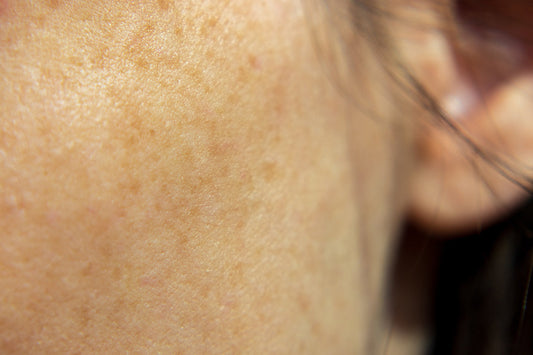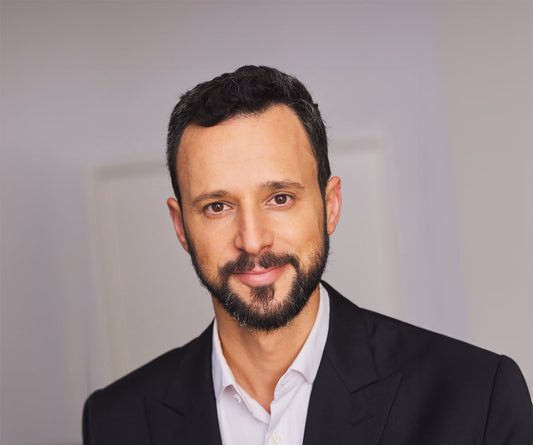Overview
When we read the local headlines and stick to our own quarantine routines, it might be easy to forget that this virus is affecting the entire world. And as scary as that is, it also means we can collaborate with other countries to gain the best possible understanding of how to treat COVID-19. Since the spring, I’ve been reaching out to different doctors across the world to learn about their various COVID protocols. One of the most valuable contacts I’ve had, Dr. Paolo Tordiglione, has been seeing amazing results with ozone therapy and he is my guest on this episode of The Doctor’s Farmacy.
I was so excited to dive into the topic of ozone therapy with Dr. Tordiglione, as it was the thing that finally helped me turn my health around a few years back after a slew of insults left me mentally and physically depleted. When it comes to treating COVID patients, ozone therapy has many characteristics that align with the healing that’s needed. Ozone therapy has a lot of therapeutic benefits to offer: it’s germicidal and can kill viruses, inhibits inflammatory pathways and boosts anti-inflammatory ones, regulates the immune system throughout multiple pathways, activates antioxidant defenses, and improves our tissue’s ability to utilize oxygen, among many other attributes.
Dr. Tordiglione has found when using ozone therapy in COVID patients, those patients recover more quickly and effectively. We talk about some specific case reports for ozone therapy, for COVID and other health problems like breast cancer, as well as the history and practice of safely administering it. We also discuss other therapies like medicinal mushrooms and supplements for strengthening the body against this virus. As a doctor on the front lines of the pandemic in Italy and an expert in ozone therapy, Dr. Tordiglione has some very important information that could change the way we think about approaching COVID in the US.










